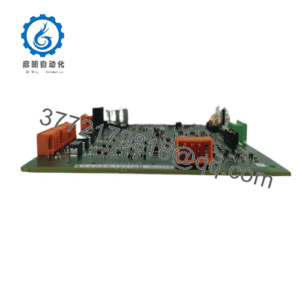Description
In the intricate machinery of industrial automation, ensuring reliable data storage and software deployment in embedded systems can be a subtle yet pivotal vulnerability—imagine a VME-based control rack in a nuclear simulation facility where boot failures from corrupted media halt diagnostics, or a defense radar array where outdated firmware strands real-time updates during field exercises, exposing gaps in process control and risking mission-critical delays. These issues lurk in high-reliability environments like aerospace testbeds, power plant emulators, or rugged data acquisition nodes, where electrical transients or mechanical shocks corrupt optical drives, forcing engineers to juggle external loaders or redundant hardware that bloats footprints and elevates integration costs. Without a dedicated, resilient storage bridge, scaling software payloads across distributed VME crates becomes a logistical quagmire, undermining the seamless I/O signal flows that underpin deterministic operations.
The GE VMIVME-7455 fills this niche as a single-slot VMEbus IDE CD-ROM drive module, designed to provide multi-session optical read capabilities directly within embedded VME architectures. It addresses the fundamental need for modular integration by embedding a standard ATAPI-compliant drive in a 6U form factor, allowing direct access to bootable media or data discs without external peripherals—essential for firmware upgrades in isolated enclosures or loading RTOS images in legacy DCS retrofits. For deployments in EMI-laden zones or vibration-stressed racks, the GE VMIVME-7455 emerges as a cornerstone, its shock-mounted internals and IDE interface ensuring read stability up to 24x speeds, turning potential media bottlenecks into effortless content delivery.
- VMIVME-7455
- VMIVME-7455
The broader toll of unreliable storage ripples through: it fragments deployment workflows, skews version control in SCADA hierarchies, and inflates debug times in multi-node setups where synchronized updates are non-negotiable. By leveraging VMEbus mastering for DMA transfers, the GE VMIVME-7455 enables low-overhead disc polling, empowering consistent software provisioning that aligns with real-time kernels like VxWorks—shifting from ad-hoc USB hacks to native, high-fidelity media handling. In core, it’s the understated facilitator for robust industrial automation, where optical persistence safeguards operational continuity in VME’s enduring ecosystem.
Tying the GE VMIVME-7455 into your VME framework is like outfitting your backplane with a self-contained archive—it occupies a single 6U slot in standard VME crates, drawing +5V and +12V from the P1/J1 connectors while asserting bus requests for A24/D16 cycles to stream data sectors at up to 3.6 MB/s via its IDE chain. As the storage sentinel in your I/O periphery, it mounts a half-height CD-ROM tray accessible via front-panel bezel, interfacing with host SBCs like the VMIVME-7700 through jumper-selectable master/slave modes, complete with interrupt lines for event-driven reads that sync to system timers without taxing the arbiter.
In a practical setup, rack it adjacent to your CPU module in a VMIVME-7750 chassis, configuring the BIOS for ATAPI detection to pull ISO images directly into RAM disk for bootless updates, or chain it behind a secondary IDE controller for concurrent access in multi-user simulations—all while its multi-session support parses Rock Ridge extensions for Unix-like file hierarchies. This positions the GE VMIVME-7455 firmly in the field layer of your stack, bridging physical media to virtual mounts with error-correcting reads that filter scratches or fingerprints, feeding clean payloads to upstream controllers via reflective memory or Ethernet gateways. It accommodates VME64 extensions for wider crates, and its front-panel status LEDs signal tray status or buffer overflows, easing diagnostics in hot-swap scenarios. The GE VMIVME-7455 doesn’t overhaul your flow; it sustains it, with jumper options for termination to prevent ghosting in daisy-chained configs, ensuring your VME archive remains a reliable conduit for software lifecycles.
| Specification | Details |
|---|---|
| Model Number | VMIVME-7455 |
| Brand | GE Fanuc VMIC |
| Type | VMEbus IDE CD-ROM Drive Module |
| Input Voltage | +5 V DC / +12 V DC (backplane) |
| Operating Temp Range | 0°C to +55°C |
| Mounting Style | VME 6U Single-Slot |
| Dimensions | 266 x 160 mm (6U Eurocard) |
| Weight | 0.8 kg |
| Interface/Bus | VMEbus (A24/D16, IDE ATAPI) |
| Compliance | VITA 1-1994, IEEE 1014, CE |
| Supported Protocols | ATAPI, Multi-Session ISO9660 |
| Typical Power Draw | 10 W (with drive active) |
Adopting the GE VMIVME-7455 embeds a layer of reliability tuned for archival endurance, where its vibration-dampened tray mechanism holds read yields above 99% through 5G shocks, averting the media skips that cascade into failed deploys in process control rigs—directly preserving uptime in labs where a stalled simulation erodes test schedules worth days of throughput. This fortitude means your VME nodes boot from verified discs without the parity checks that bog external drives, sustaining consistent performance across thermal ramps, with buffer management that queues sectors to mask spin-up latencies for smoother handoffs in multi-tasking kernels.
The value to maintenance is clear-cut: accessible tray ejections and LED diagnostics spotlight media faults or cable seating issues in moments, letting techs swap discs mid-session without crate downtime, which trims provisioning overhead by hours in fleet-wide updates. Integration unfolds with minimal friction, its plug-standard IDE chain mating to any VME host sans custom drivers, reallocating your engineering bandwidth to validation scripts over connector hunts. Built with conformal shielding against dust ingress, the GE VMIVME-7455 commits to long-term performance, retaining alignment over years of rack insertions so your ISO mounts evade the degradation that mandates frequent recalibrations.
For evolving embedded ops, its multi-session prowess supports hybrid Joliet/UDF formats, easing transitions to flash-augmented workflows without media overhauls—dialing down total cost of ownership by extending VME’s shelf life into containerized eras. This module doesn’t merely store; it stewards continuity, channeling optical access into a multiplier for system agility.
In aerospace ground stations, the GE VMIVME-7455 provisions flight software loads, where process control environments demand high reliability amid hangar EMI and shift rotations—racked in sealed VME cabinets, its ATAPI streams avionics patches in fast data cycles, ensuring critical system uptime for pre-mission verifications where outdated binaries ground sorties. The tray’s lockout prevents inadvertent ejects during vibration tests.
Military simulation labs deploy it for scenario disc swaps, handling terrain datasets in harsh, high-temp bunkers—its DMA reads funnel gigabytes to GPU slaves without bus stalls, upholding continuous uptime for wargame fidelity in environments where media integrity under power glitches is paramount. In power grid emulators, the GE VMIVME-7455 loads fault models, with ISO9660 parsing suited to dusty control rooms—delivering high reliability for transient recreations in process control loops synced to protective relays, all while withstanding enclosure humidity.
VMIVME-7450 – Floppy drive variant for legacy media handling in space-tight VME slots
VMIVME-7648 – SCSI tape streamer companion for archival backups in multi-terabyte setups
VMIVME-7700 – Reflective memory board to pair for distributed disc mirroring across crates
VMIVME-7750 – Chassis host optimized for single-slot peripherals like the CD-ROM module
VMIVME-5599 – Fiber optic extender for remote media access in networked VME arrays
VMIVME-7807 – SBC alternative with integrated storage for standalone deployments
VME-7649 – DVD-ROM upgrade for higher-capacity reads in modern firmware pushes
Before committing the GE VMIVME-7455 to your VME shelf, inspect the backplane’s D16 lines for continuity—flaky pins can garble sector headers—and confirm +12V headroom since spin-up draws 2A transients; a bench clamp meter on power rails during a dry eject cycle verifies sag under 500 mV. If chaining behind a host IDE, set the jumper to slave per the silkscreen to avoid arbitration clashes, and preload a test disc with GE’s diagnostic ISO to benchmark read rates offline. For EMI-prone racks, route the audio cable shield to frame ground to shunt noise, and document tray alignment against crate depth to prevent binding in dense populates.
In the field, oversight is pragmatic: bi-monthly, cycle a known-good disc through full reads and log buffer hit rates via VME console—dips below 95% flag optic cleaning with a lens swab—while quarterly bezel audits catch latch wear in high-use labs, a drop of lubricant often revives without teardown. GE suggests annual spin tests, ramping speeds to audit vibration tolerance against OEM curves, captured in event logs for trend mapping. In clustered VME domains, tether the host’s Ethernet for remote eject commands, preempting access lags without boots. This measured routine bolsters its utility with light touch on your tempo.

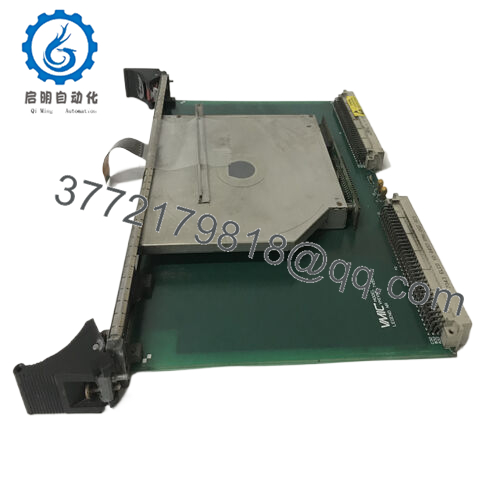
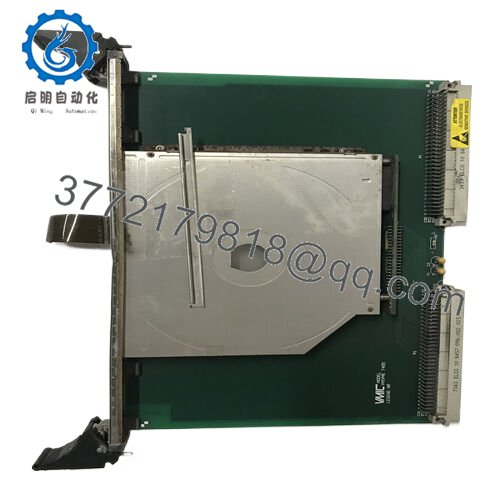
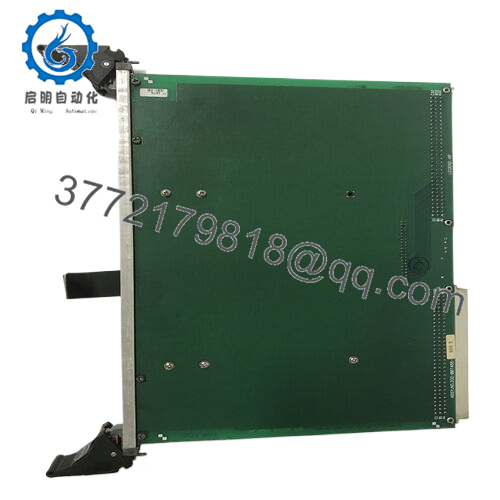
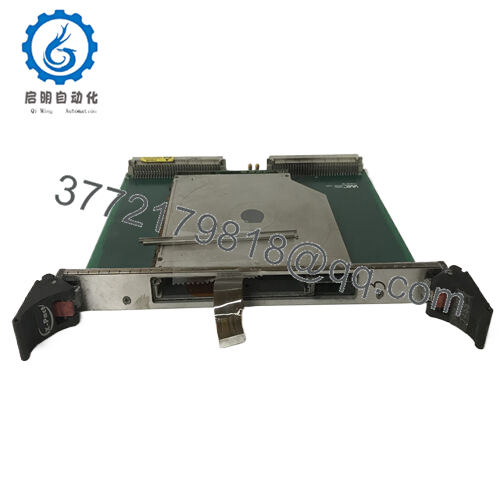
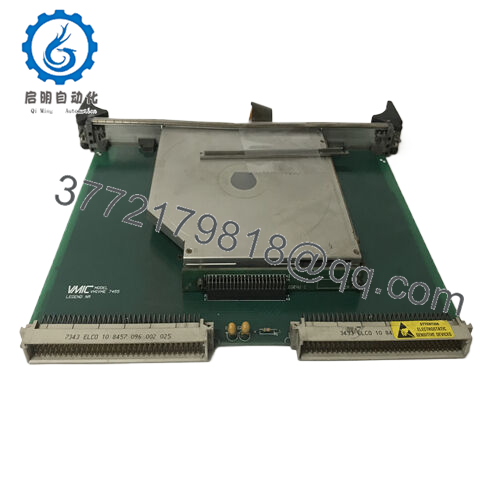
 WhatsApp: +86 16626708626
WhatsApp: +86 16626708626 Email:
Email:  Phone: +86 16626708626
Phone: +86 16626708626